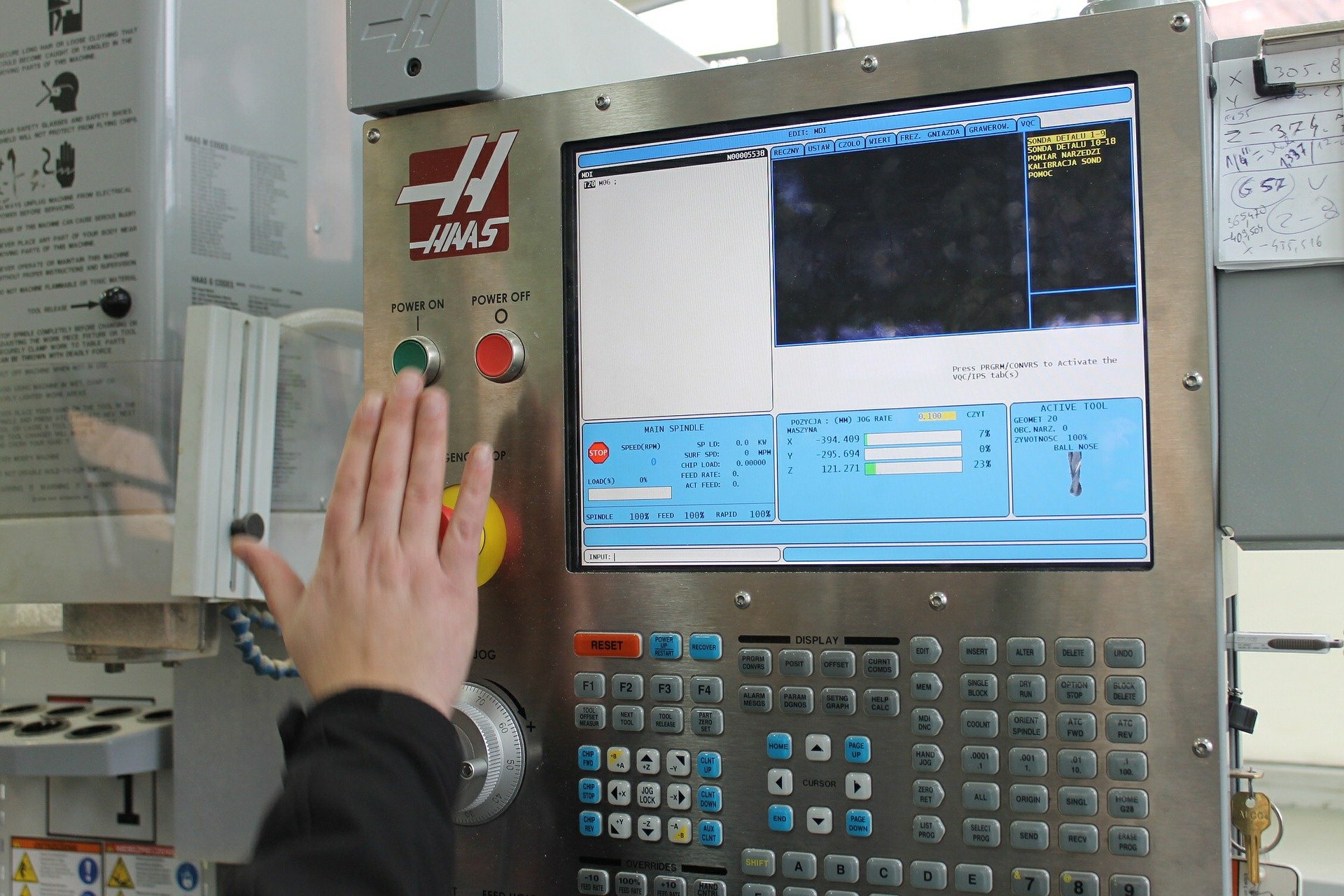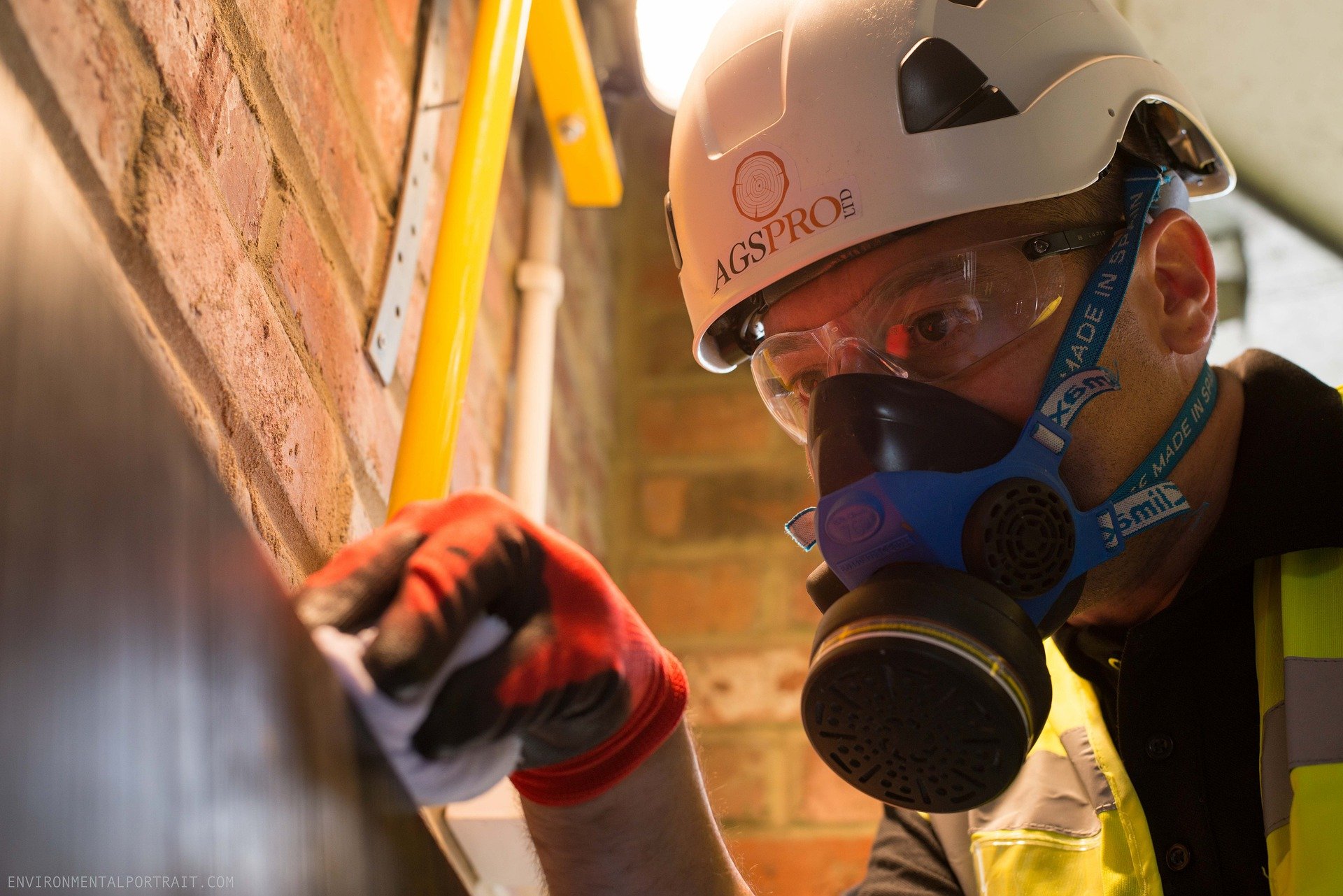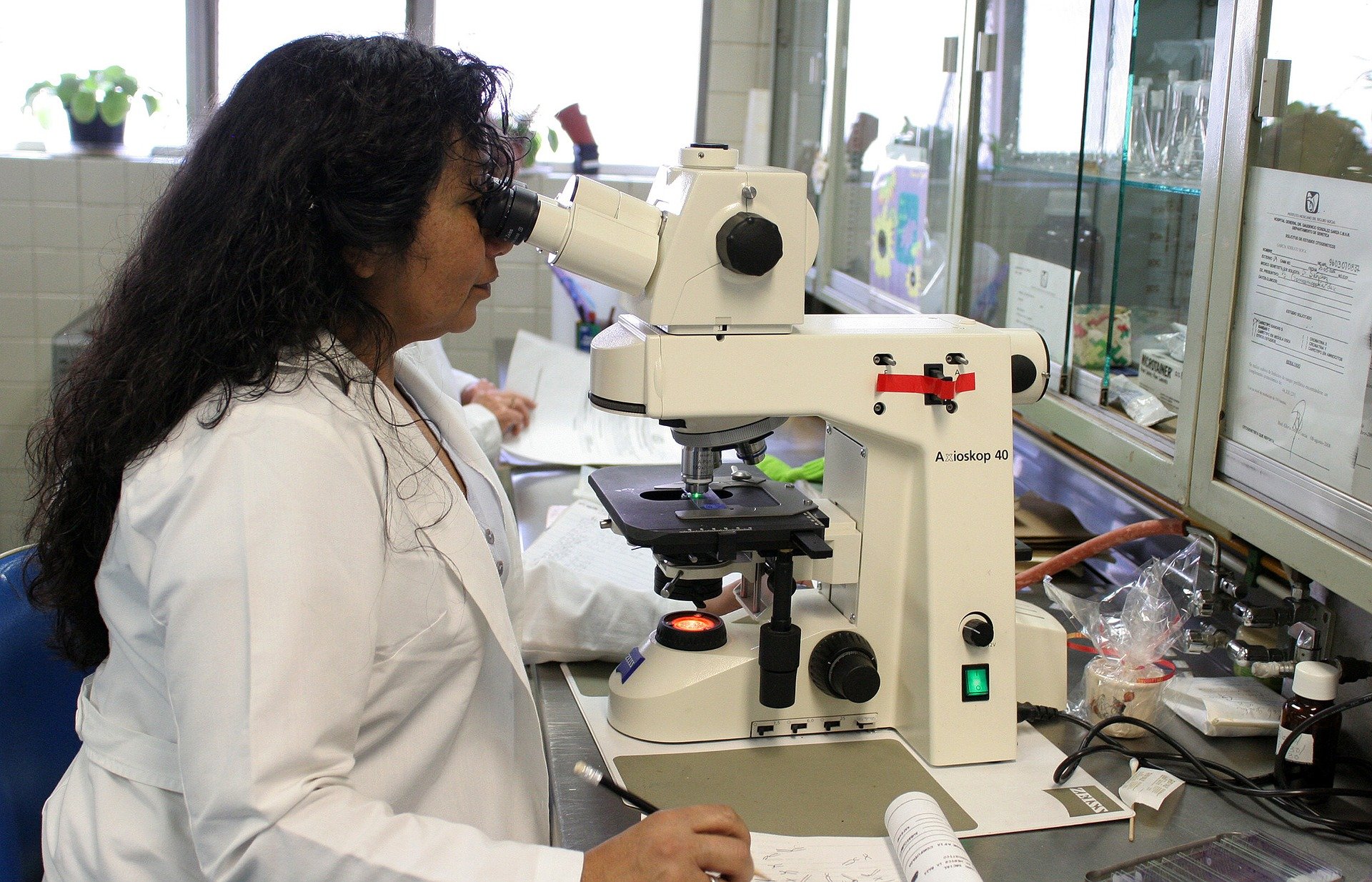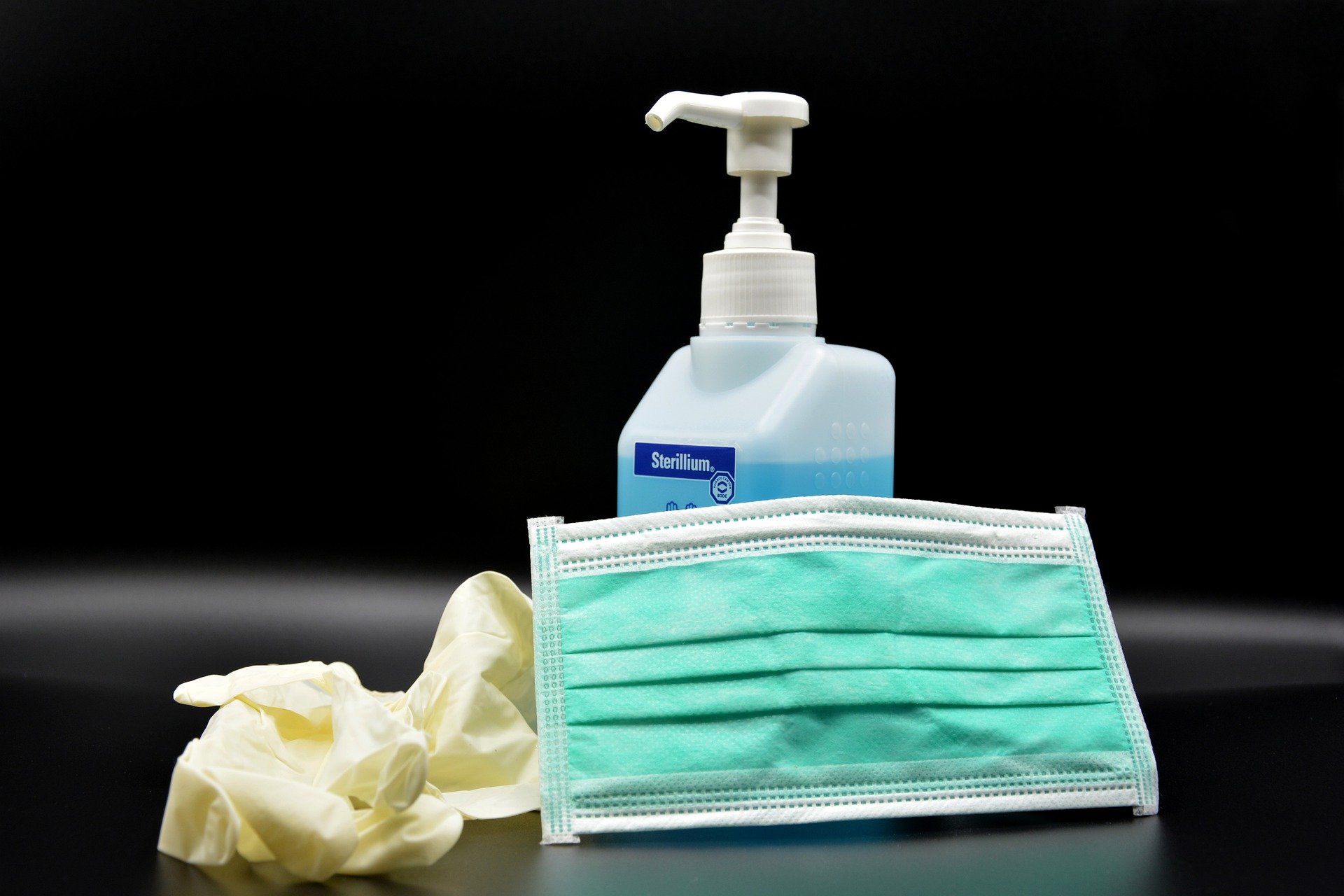Test
Medical Device Test
All medical devices must be taken for electrical safety test. Although many designers/ manufacturers are apt to mistakenly believe that first-class items, or products with low risk ratings, do not require permission and therefore do not have to comply with the electrical safety regulations, they must also meet the electrical safety requirements.
Most users think it's a good idea to make it mandatory to electrical safety test before launching the product. The standard for that electrical safety test is IEC 60601-1, which we know very well. Regulators in all countries around the world now require demonstrate suitability by the third edition of the IEC 60601-1 standard.
The important point is that, by adding the concept of risk in the third edition, it is no longer a test that can be found to be suitable by simply performing the test method as in the past.
-
-
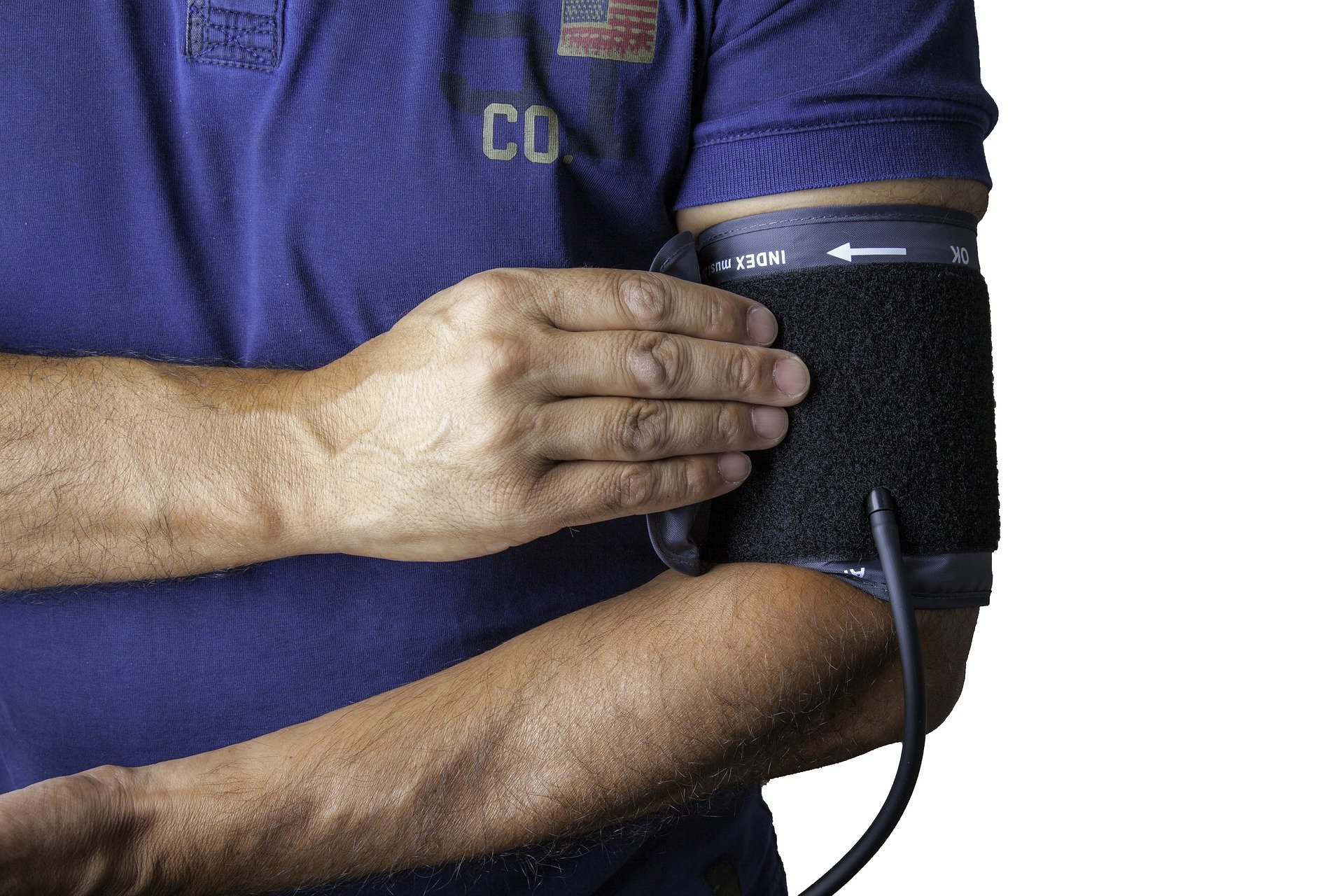
-
IEC 60601-1 Safety Test
-
Electrical medical device test is based on product safety requirements to demonstrate basic safety and essential performance, with equipment complying with IEC/EN 60601 safety standards for electronic medical device product approval.
All medical devices typically require approved laboratory test results and are controlled by strict local approval procedures. With respect to electrical medical devices, these requirements should be documented internationally in accordance with the criteria of IEC 60601 standard specifications.
Now, IEC 60601-1 3rd edition is the basis for the approval process of electrical medical devices in most regulatory systems around the world. Due to the same requirements as the European Union's EN 60601 standard specification, IEC define a suitability about the Medical Device Directive (MDD) 93/42/EEC.
Our testing laboratory provides generally accepted testing methods, test limits, and test levels for the evaluation of electrical medical devices in European and international standards, and provides all product safety tests according to the 60601-1 series of standards specification.
-
-
-

-
GIC’s Competency
-
GIC cooperates with IGC LAB to provide electrical medical device testing services. IGC LAB performs a test according to the IEC/EN 60601 safety standard for electrical medical devices and can issue test reports to IEC international standards that can be used to obtain product safety certification for electrical medical devices.
-

 한국어
한국어

